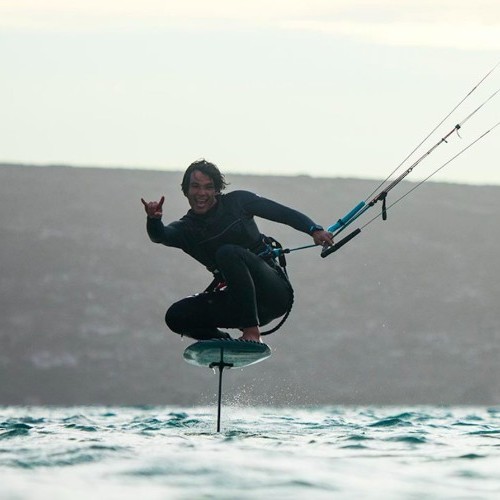
Airush – Light Years Ahead
Tue 26th Nov, 2019 @ 4:00 pm
Ultra Everything! The Ultra v3 has yet again proven to be unbeatable for lightwind freeride performance, foiling, and wave riding alike. The exclusive Airush Load Frame, segmentation reduction through the canopy, and lightweight single strut geometry all contribute to increased durability and responsiveness. With the launch of the foil and lightwind products, we spoke with Airush Brand Director, Clinton Filen about the Ultra, the all-new lightweight Monocoque Freeride Foil, and the future of chasing lightweight and durability within everything.
With the launch of the foil and lightwind products, we spoke with Airush Brand Director, Clinton Filen about the Ultra, the all-new lightweight Monocoque Freeride Foil, and the future of chasing lightweight and durability within everything.
What are you most excited about in the new foil and lightwind products?
The Ultra is an obvious standout, and last year we had Dave Kay our new Design Engineer join the Collective, where he made some major upgrades to our design centre in Cape Town, which has allowed us to focus more on development. We did a lot of work on the new Monocoque Freeride Foil, and I focused on the Team Foil Board, with Mark Pattison focusing on the kites. It’s a lot of fun having three key designers all working on different projects, with key riders testing and getting to see the outcome at the end.
Starting with kites and the Ultra, what have been the fundamental changes?
Essentially, the flying characteristics of the v3 are unchanged from the v2. We made some big changes last year, and between the feedback and test results, it has been received extremely positively. We tried a few new concepts, but the current design still came out on top within our benchmarking and independent tests, so we decided to keep it unchanged in terms of shape and construction. We did, however, redesign the bag wholly based on customer feedback.
Other than that, we’ve done a massive graphics update, which is the main reason the Ultra gets an updated version number; any change to the product, including colour, requires an update to the version number to help differentiate between them.
The new graphics look bold and well-refined; how has this affected the overall look and feel for Airush?
Over the last few years, we’ve found that as the complexity and refinement required for each product increases, the products tend to have a longer life cycle. We have a legacy of well-refined products, and wanted to get away from the idea that products created one year earlier are now somehow worthless. We worked on a new visual identity that would allow us to take a longer-term view towards the product, and ultimately move away from model years completely. This allows us to add new products to the existing range that retain a cohesive feel, without having to revamp the entire collection.
Considering Airush was the first brand to launch a single strut kite, where do you see this trend going in the next few years?
Most brands have a single strut kite in their line-ups now, so I do see the trend continuing and growing. Single strut kites were initially most relevant to the recreational foil market. Still, as the segment continues to grow, we have seen many customers take them out for wave riding and lightwind twintip riding.
Our biggest surprise was the number of schools and early intermediate riders who adopted the Ultra, more than likely because of the easy relaunching capabilities. This led to the development of the Airush One, which is a single strut kite specifically for intermediate riders, and a great kite in its own right.
I believe the trend will remain strong for at least these key segments of the market. I use Ultras for wave riding and foiling. I’m pretty hooked on the unique feel and responsiveness.
We have seen the construction remain relatively unchanged on the Ultra, besides some small tweaks. There has been a lot of talk about new materials and competitors claiming to make a lighter kite than the Ultra. What’s the lowdown on weight from Airush’s side?
Weight is important, but we did not want to reduce weight at the expense of durability. We continuously have materials in testing and have built lighter prototypes, but feel these make too many sacrifices to the longevity at this stage.
I don’t believe in experimenting with our customers, so we will keep doing our homework until we’re sure that we’re delivering a clear benefit. Our primary mantra is innovation, but our second is durability, so it makes for some challenging discussions and decision making!
Where are the key potential weight-saving areas in kites?
Besides removing materials such as struts or traditional reinforcing (the reason we have the Ultra with a Load Frame), you can look at lighter canopy cloth, leading edge and strut material, or even go as far as the bladders. Possibly lighter components, but there’s not as much saving there; however, small changes do make a difference.
What could new materials potentially look like?
Firstly, we need to look at the potential evolution of current materials, where it comes to the canopy or leading edge materials; we use woven fabrics. You could go lighter on these materials, but with canopies, the stretch becomes an issue. We currently use two canopy weights, around 60gm for D4 and 50gm for D2. Going lighter than this, you get to a point where you can reduce the weight slightly, but the stretch increases exponentially. The current yarns are polyester, as these offer the lowest stretch in a woven material. We have experimented with more exotic components such as Dyneema Ripstop, but this has not been as successful.
There are similar challenges with leading edges; as you go lighter, you start to run into two issues. The first is the increased stretch of the leading edge, especially over time. I think of the inflatable sections of the kite as working parts; they are always inflated and deflated, leading to material distortion over time. The lighter the fabric, the more distortion over time.
The second issue is creating strong enough seams. The leading edge takes a hammering. The more we strengthen the canopies, the more load is transferred onto the leading edge. Traditionally the canopy would fail, but now it just transfers the load to the leading edge massively on impact. You create hundreds of puncture holes wherever you stitch on the leading edge, which weakens the material. The less fabric between each hole (Lighter fabric), the greater the chance of failure. We do reinforce each seam with additional cloth, but this adds weight again.
The bladders are a lightweight PU film. These have become more reliable in production, allowing us to be able to reduce the thickness by around 25% over the past ten years. But again, these are working parts, so every time you inflate the kite, all the materials slide over each other, so we need to reinforce critical sections and consider the long term effects.
Then looking at alternate materials, the other options at this stage are laminates. These use a combination of thin films with scrims, woven, or composite films sandwiched in layers. We have been using these materials in windsurfing sails for many years (even during my time at our partner windsurfing brand, Severne, we developed the lightest laminates available), but within kites, they have their own set of challenges.
The critical challenge around using laminated fabrics is the damage tolerance and seam strength, especially when you get to very lightweight materials. Kites are often folded extensively, and traditional laminates need to be rolled to avoid creasing the fabric, that damages and reduces the lifespan. The second challenge is the seam assembly, specifically on the high-pressure inflatable sections of the kite. At this stage, the amount of additional reinforcing around the seams negates most of the performance benefits, and you end up with a much higher price tag, with reduced longevity. Finally, the UV damage to lightweight laminates is an additional challenge; even current woven canopies are very prone to UV degradation.
Of course, we continue to chase the weight savings and improved performance wherever possible.
In the Airush range there is the Ultra kite and Ultra bar, how are these products related?
The original concept behind the Ultra kite was to develop a minimalist, lightweight product that was aimed at niche riders. The Ultra bar was developed along these lines, as the kites get lighter, having an extra weight above the control bar is a negative. We found that by shortening the depower loop you essentially had the additional trim you would get from the first two inches of depower strap, reducing the need for a trim strap significantly. On top of this, we kept a huge amount of depower throw, which specifically when foiling or wave riding, you can dump the power quickly and completely.
Looking at the Team Foil board, what was the inspiration behind this?
We worked closely with Airush team rider, Elias Ouahmid on testing and developing this product. Elias is quite an interesting rider, being a competitive foil racer and having a solid freestyle background, he’s a former multiple German Freestyle Champion. He brings a fresh style to freeride foiling. We have also found that almost our entire Freestyle, Wave, and Big Air team are hooked on foiling so we looked at developing a high performance freeride product they too would like to ride.
And this led to the Monocoque foil?
Yes, exactly. We wanted to take the ultimate efficiency and lightweight of race-winning foils and develop it into a premium level product for the mass market of intermediate to advanced freeriders. The single-piece wings and fuselage create a huge amount of efficiency, reduced weight, and a seamless connection between key components.
It has been an exciting project, as the monocoque construction required a massive prepreg mould, and we had to redesign the production process to get the product to market at a reasonable price.
To find out more behind the Ultra design, click here!


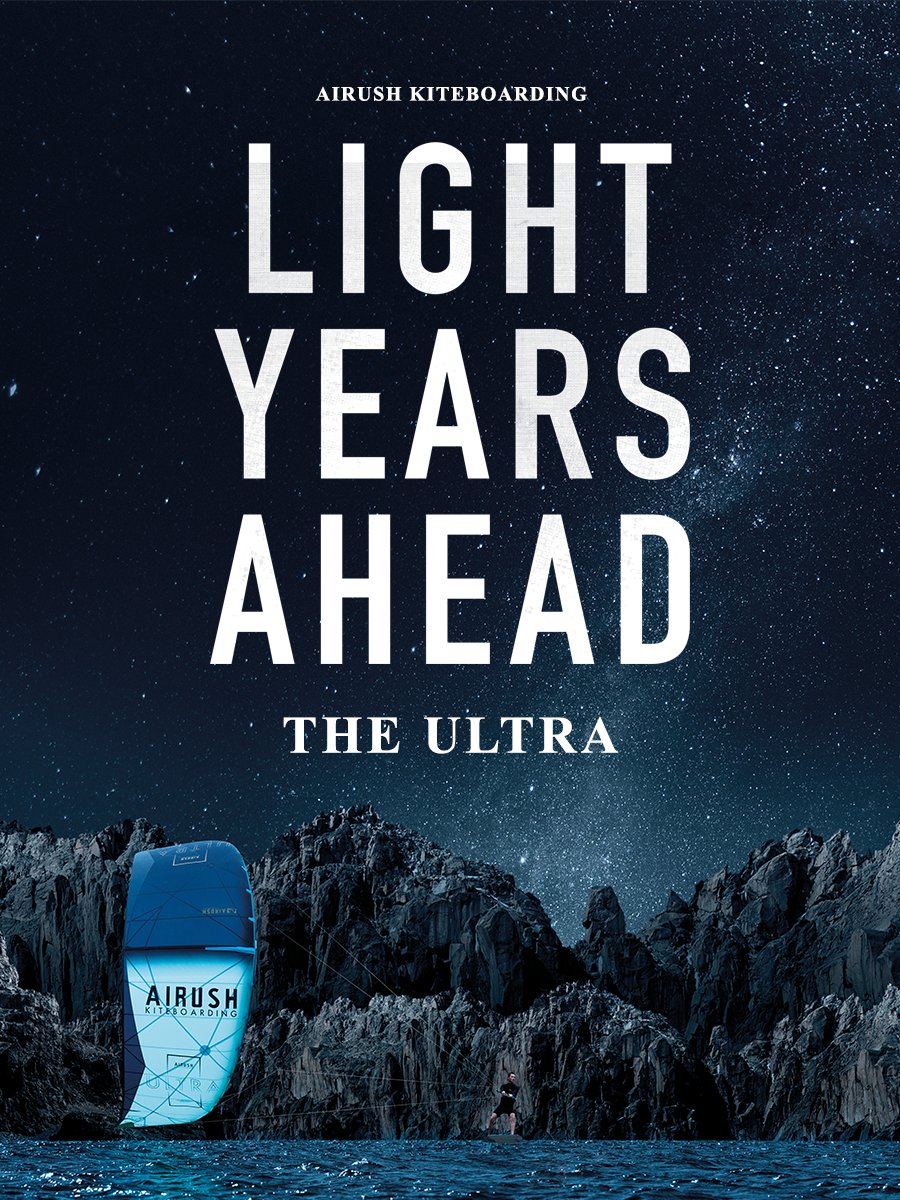
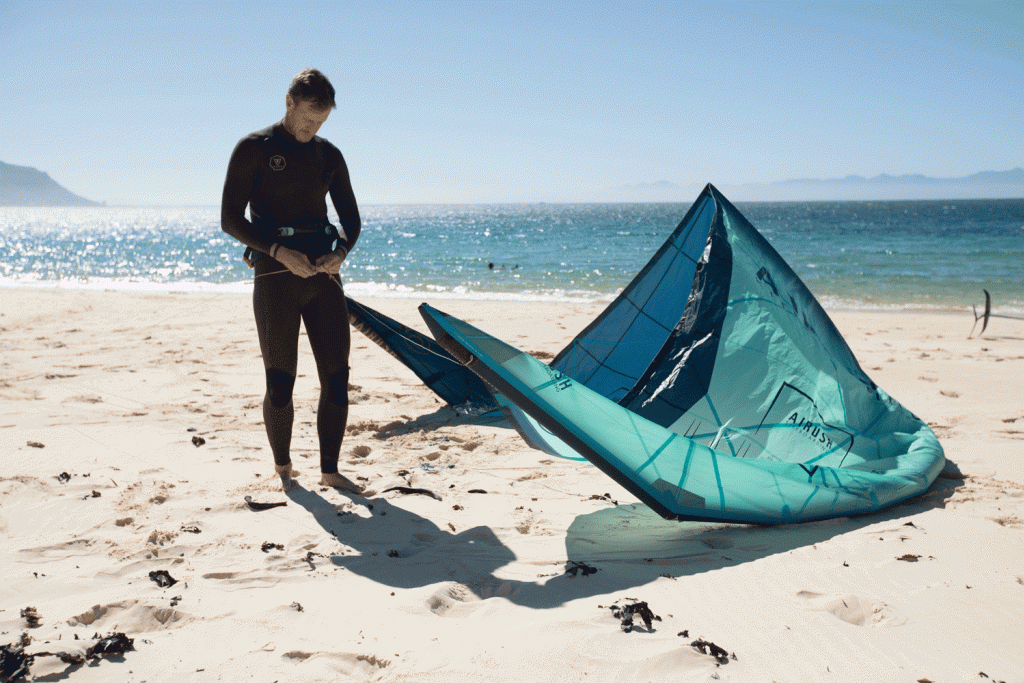
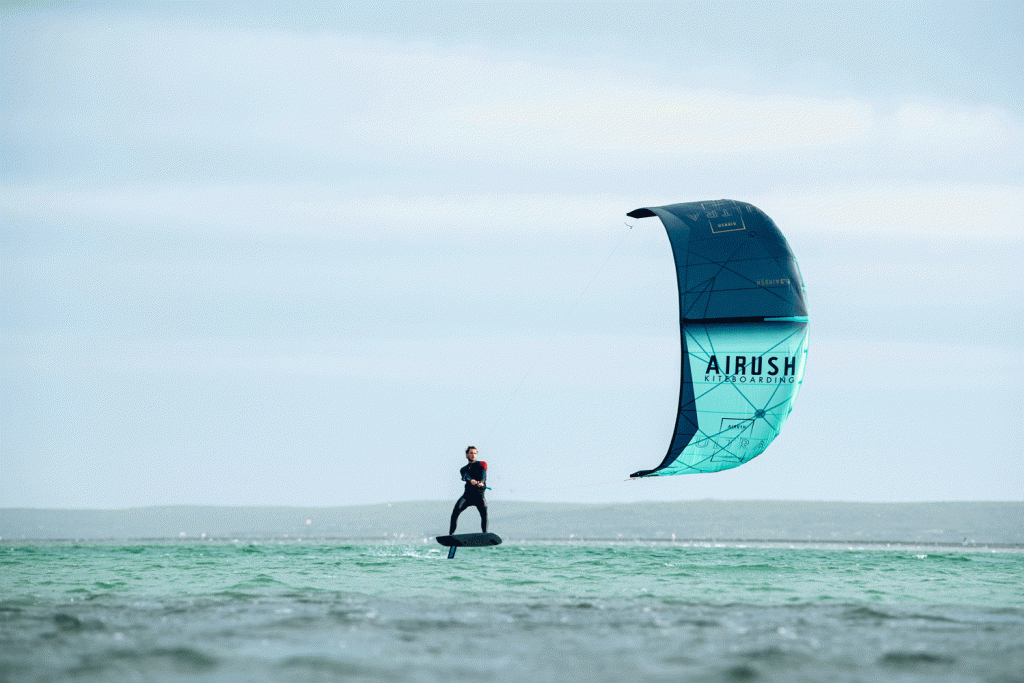
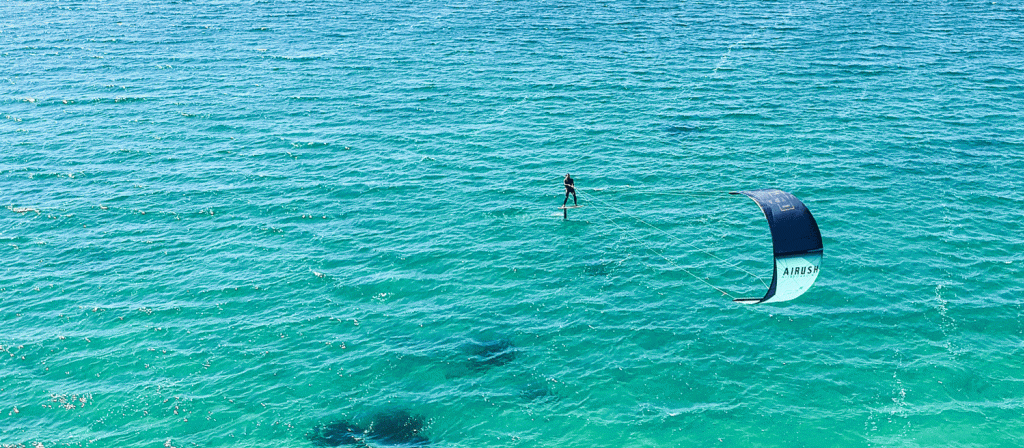
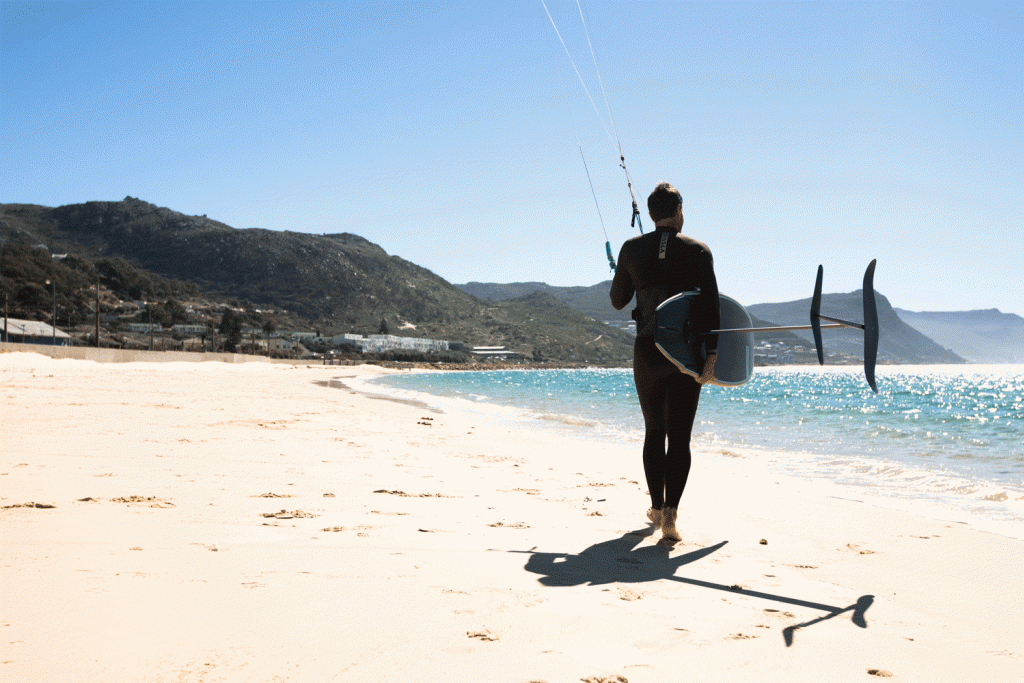
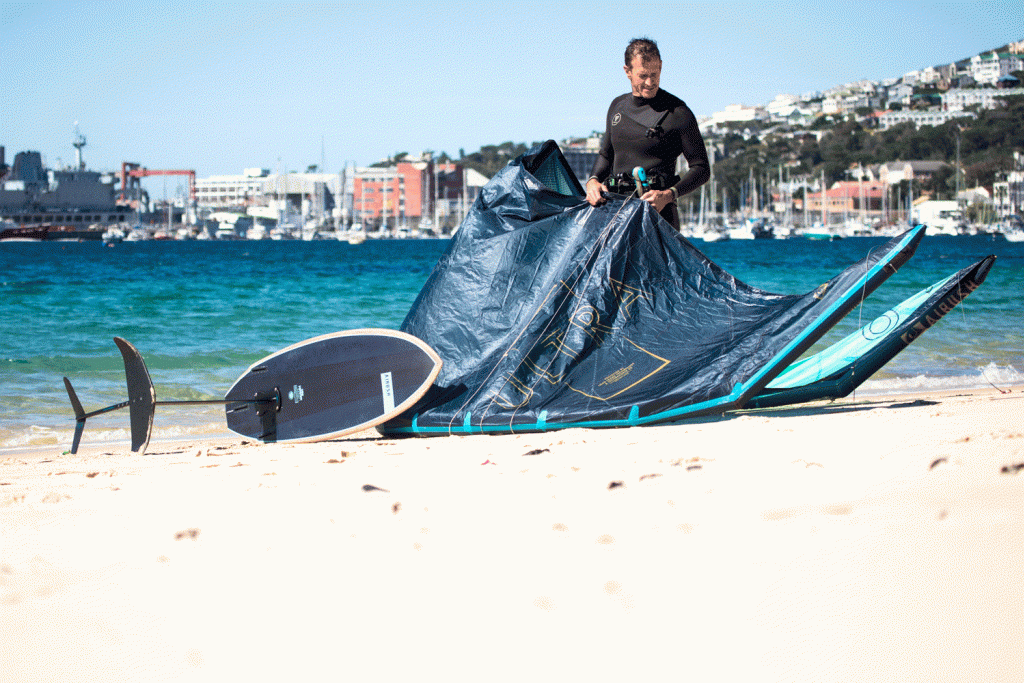
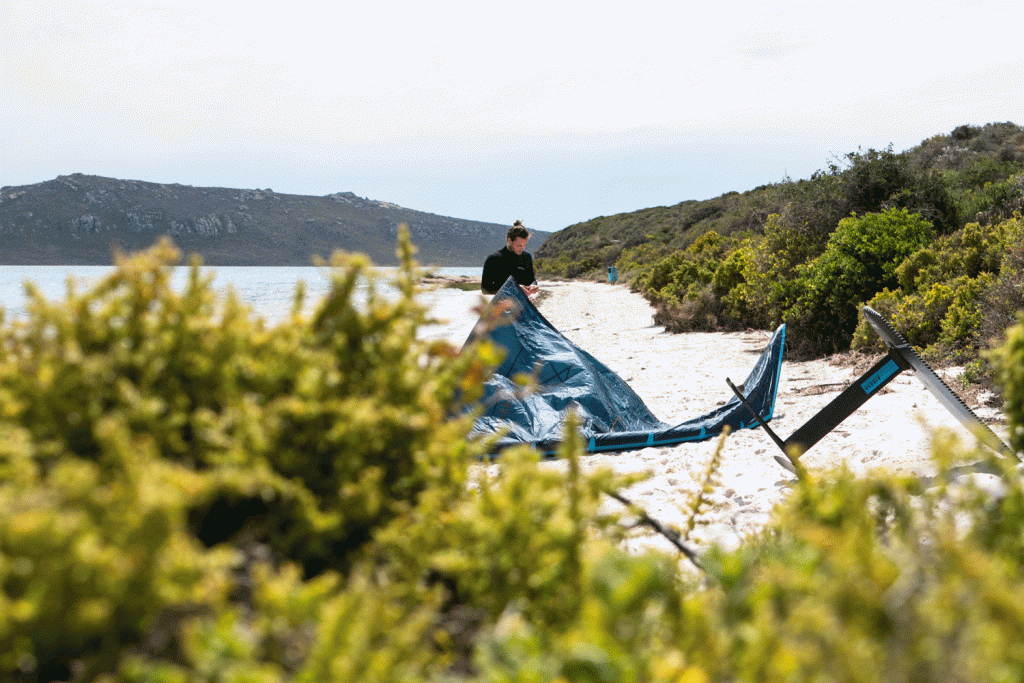
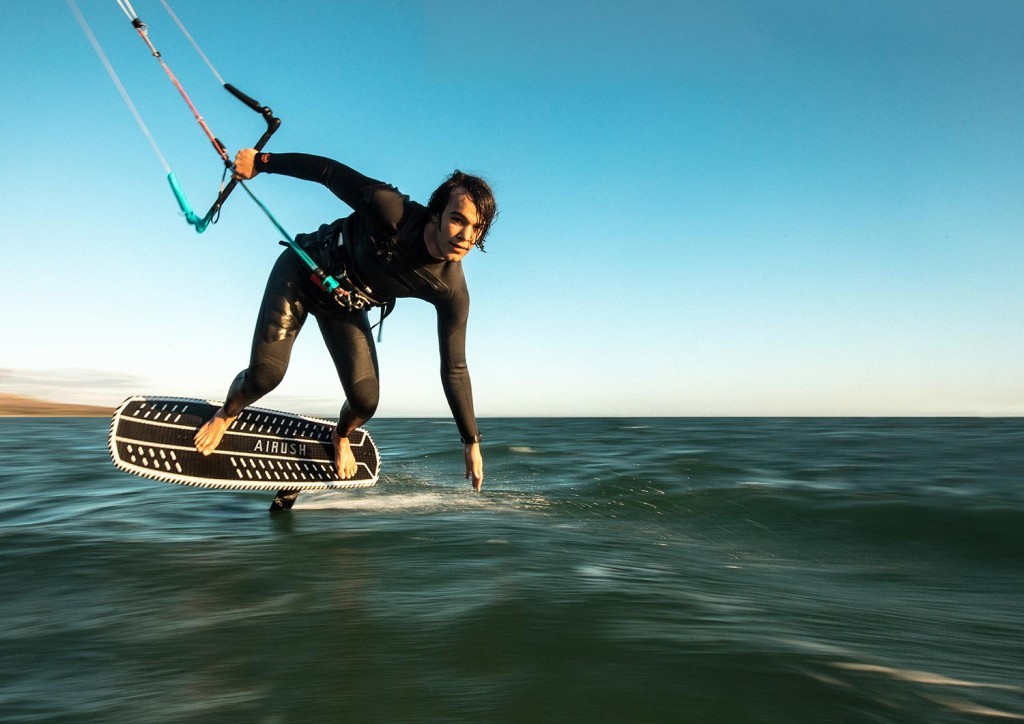
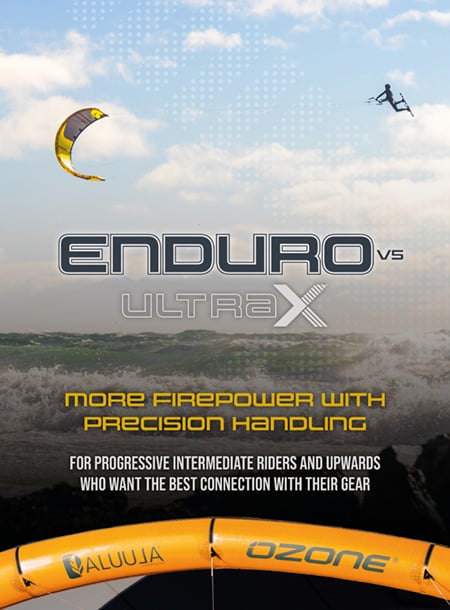


!["You don't look peruvian" - [ Ismael Tudela by Muy Art ] 2025.](https://i.ytimg.com/vi/CyN3BVbgkPQ/maxresdefault.jpg)
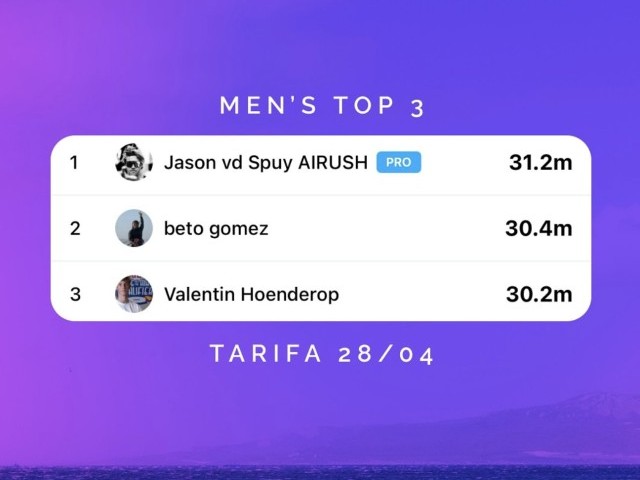

![Best Video of 2024 [Nomination] – North Team Patagonia Adventures| GOING NOWHERE | North Kiteboarding](https://i.ytimg.com/vi/dMILGPiOLNI/maxresdefault.jpg)

